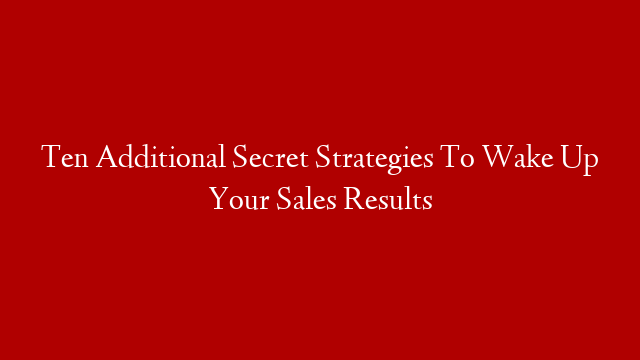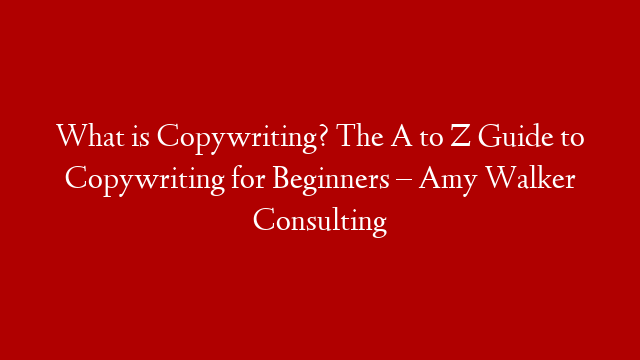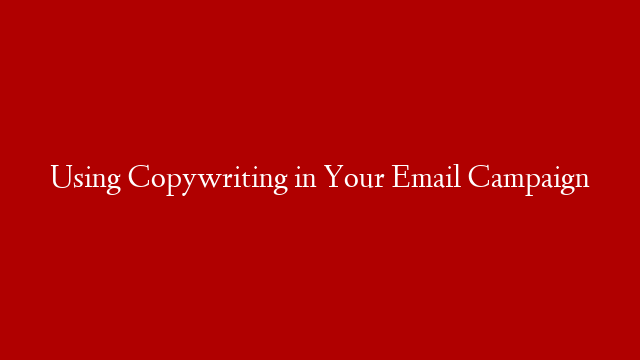1. The “Affiliate Tease” Strategy
The “you will buy my product anyway once you see how well it sells…” strategy informs future customers that you aren’t going to force them to purchase your product before they join your affiliate program like some businesses do. You will show them how much confidence you have about your product and they will assume they will have a good chance to make a lot of money by joining your affiliate program.
2. The “Check It” Strategy
The “check any of the boxes that apply to you…” strategy informs future customers to take physical action or interaction with your sales letter. Sometimes when people take a little action or get physically involved in the sales process, it sets them in full motion to buy and gain their desired benefit.
3. The “Junkie” Strategy
The “I have a confession to make: I’m a (type of product) junkie…” strategy informs future customers that they aren’t the only addicts who purchase product after product to gain their desired benefit. It will show them that it’s okay to invest in your product even though they may already own a ton of similar ones. Plus, tell them why your product is different from the rest.
4. The “Advertising Specialty” Strategy
The “bonus: a (your product’s name) T-shirt…” strategy informs future customers that they are going to get a specialty item as a bonus which they can use in their every day life. You’ll get free offline advertising by placing your product information on the item. It could be your product name, web site address, etc. Some good advertising items are coffee cups, bumper stickers, key chains, pens, license place covers, etc. You can also tell them the quantities and that it’s on a first-come, first-served basis – once you run out, that’s it.
5. The “Commission Call” Strategy
The “make (no.)% commissions on this call…” strategy informs future customers that if they sign-up to your affiliate program and promote your free tele-call they can earn money. Just tell them to get people registered for the free call and you’ll help close the sale for them. You could even tell them if they make over so many sales they will get a prize; the product or higher bonus commissions.
6. The “Myth And Fact” Strategy
The “MYTH: (a description of the myth). FACT: (a description of the fact)…” strategy informs future customers a myth that would stop people from purchasing your product and a fact which quickly eliminates the myth. For example, MYTH: You need a big investment to start your own business. FACT: You can start your own successful business today for only $10.
7. The “It’s Your Fault” Strategy
The “if you don’t (your product’s benefit) this (week/month/year) it’s because you didn’t read this letter…” strategy informs future customers they won’t benefit unless they read your sales letter. In your sales letter you can give them tips for gaining their desired benefit but tell them your product will allow them to gain their desired benefit quicker and easier than your competition’s.
8. The “Perfect Time” Strategy
The “have you ever wished you were in the perfect place at the perfect time to (your product’s benefit)…” strategy informs future customers they can take advantage of one of those situations by purchasing your product. You can tell them that you have a new feature that your competition doesn’t have; you offer a patented benefit that no one else can offer; you teamed up with another business so you can offer them more for their money; etc.
9. The “Behind The Scenes” Strategy
The “I’ve secretly helped successful (topic) experts for years…” strategy informs future customers that you work behind the scenes to help these experts become successful. You can even ask the experts that you’ve helped to give you an endorsement or testimonial. You can tell them now you are finally going to allow the masses to get your help and product so they can become successful too.
10. The “Personalized” Strategy
The “it can be personalized…” strategy informs future customers that they can custom order your product with their business name, web site address, logo, or any other advertisement on it. If it’s just for normal consumers, you could say their name, picture, pet, age, etc. Or if it’s going to be a gift for someone else, they can personalize it with that person’s personal information.



